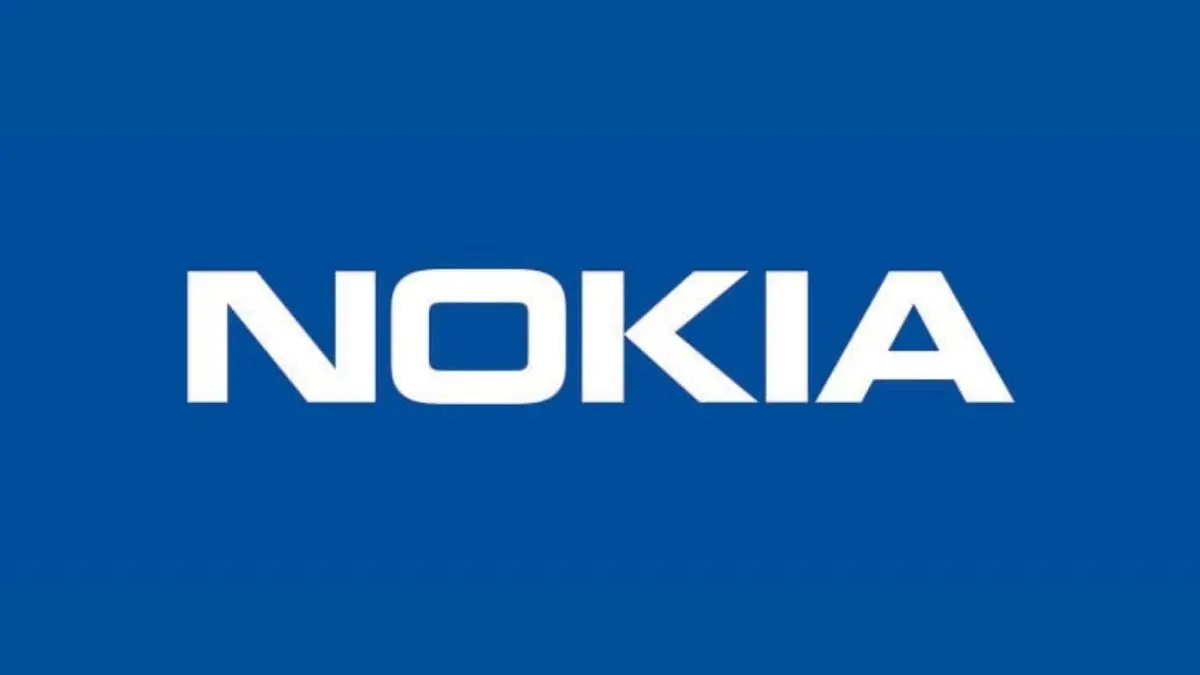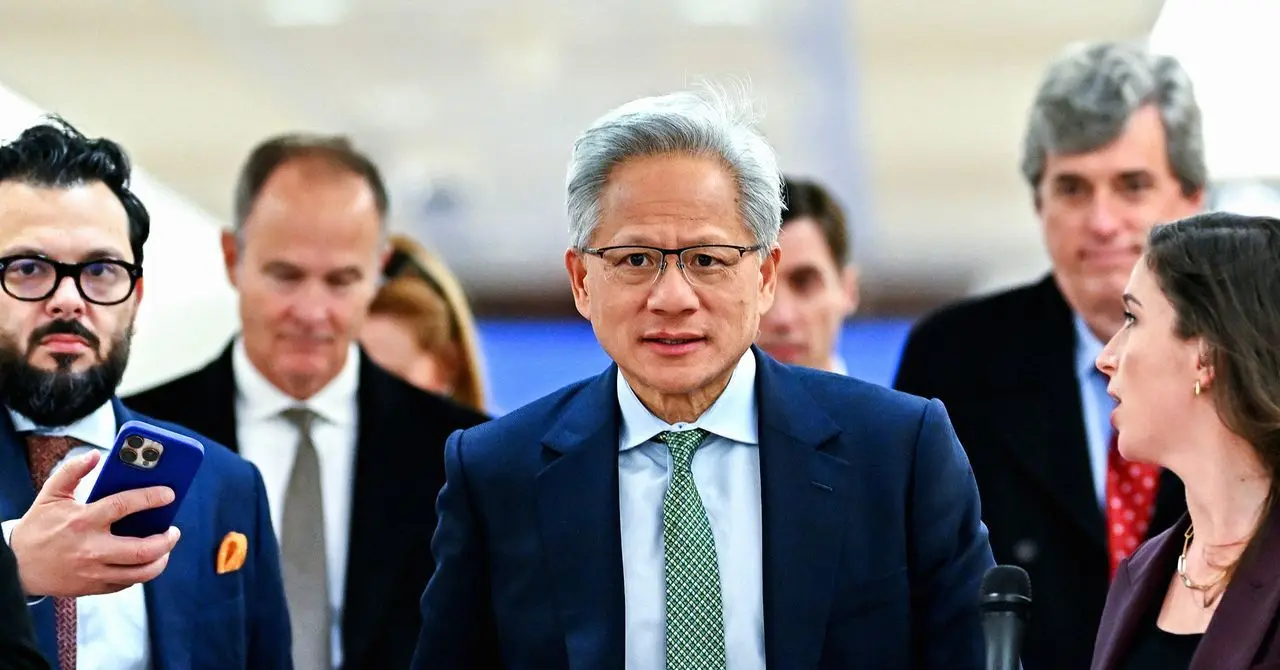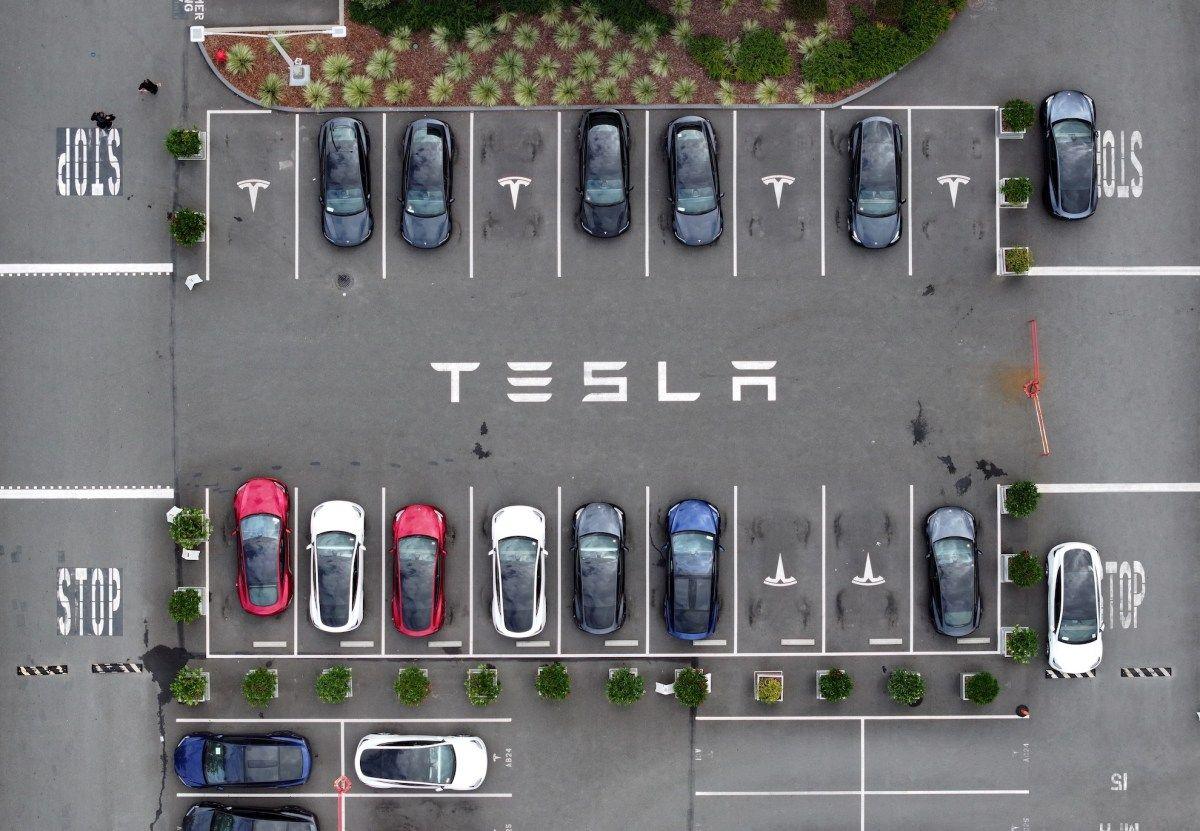Nokia Restructures Around AI Networks with $1 Billion Nvidia Partnership
2 Sources
2 Sources
[1]
Nokia is splitting off its AI business, weeks after $1bn Nvidia investment
The move comes weeks after Nvidia pledged $1 billion to help develop 6G Nokia has revealed plans to reposition itself as a leader in AI network transformations, including developing AI-first mobile networks such as 6G. Beginning January 1, 2026, the company will operate across two main segments - network infrastructure and mobile infrastructure. Networks will cover optical networks, IP networks and fixed networks, with the company targeting around a 6-8% net sales compound annual growth rate between now and 2028. The company explained its networks business will be positioned perfectly to capture the growing AI and data center build-out. It's the mobile infrastructure business that's set to see the biggest returns, though, with Nokia targeting 48-50% in gross margin by 2028. "Nokia changed the world once by connecting people - and will again by connecting intelligence," CEO Justin Hotard explained. The news comes barely a month after Nvidia confirmed a $1 billion investment into Nokia, with the cash set aside to help progress 6G technology development. Hotard described the transition from 5G to 6G as "a fundamental redesign of the network," emphasizing the role of AI. With the shift comes a change to leadership, with a new Chief Customer Officer at the helm. Network Infrastructure will be headed up by David Heard, as it is already, and the Mobile Infrastructure will be temporarily run by group CEO Justin Hotard until a suitable leader is identified. Nokia also declared plans to drastically reduce operating expenses from €350 million to €150 million by 2028. The company raked in €4.83 billion in its most recent quarter, reflecting 12% year-over-year growth. Hotard confirmed Nokia is still on track to achieve its full-year outlook. To simplify reporting, the company also shifted several non-core units to a new Portfolio Businesses, generating three distinct subdivisions together with Network and Mobile Infrastructure. Nokia shares are back on their way down around 7% after reaching an early-November high.
[2]
Nokia Divides AI and Telecom Business Into Two Units | PYMNTS.com
By completing this form, you agree to receive marketing communications from PYMNTS and to the sharing of your information with our sponsor, if applicable, in accordance with our Privacy Policy and Terms and Conditions. The tech company announced Wednesday (Nov. 19) that its new network infrastructure division would house its AI and data center operations, while its telecoms network operations would become part of its mobile infrastructure unit. "Nokia changed the world once by connecting people -- and will again by connecting intelligence," said Justin Hotard, Nokia's president and chief executive, said in a news release. "As the trusted western provider of secure and advanced connectivity, our technology is powering the AI supercycle." The Finland-based company is positioning its network infrastructure business as a "growth segment" designed to capitalize on rapid, global AI and data center build-out. Projections earlier this year from Citigroup forecast that artificial intelligence spending will exceed $2.8 trillion by 2029. The banking giant has cited investments by hyperscalers and rising demand for enterprise AI use. Citi also forecasts that capital expenditures among hyperscalers -- or data center operators -- will come to $490 billion by the end of next year, surpassing its previous estimate of $420 billion. Although the AI and telecoms divisions will be Nokia's core units, the company also announced it was establishing a new defense division. Nokia Defense is being launched as an incubation unit to serve as the central go-to-market and research and development hub for Nokia's defense portfolio, the release added. "Building on the strong foundation of Nokia Federal Solutions in the US, the company sees further opportunities in the US, Finland and other allied countries to deliver defense-grade solutions based on Nokia's core technologies in network and mobile infrastructure." Nokia's new artificial intelligence push comes just weeks after the company announced it was receiving a $1 billion investment from Nvidia. That investment is part of a partnership that involves weaving Nvidia-powered, commercial grade artificial intelligence radio access network (AI-RAN) products into Nokia's RAN portfolio. This will let communication service providers launch AI-native 5G-Advanced and 6G networks on Nvidia platforms, Nvidia said in a news release, calling the collaboration "the beginning of the AI-native wireless era." The companies say their partnership also addresses the fast-growing AI-RAN market, with the larger RAN market expected to top $200 billion by 2030. "Telecommunications is a critical national infrastructure -- the digital nervous system of our economy and security," said Jensen Huang, founder and CEO of Nvidia.
Share
Share
Copy Link
Nokia announces major business restructuring to focus on AI-driven network infrastructure, splitting into two main divisions while targeting significant growth in the AI and data center markets through its partnership with Nvidia.
Nokia's Strategic AI Transformation
Nokia has announced a comprehensive business restructuring that positions the Finnish telecommunications giant at the forefront of the artificial intelligence revolution. Beginning January 1, 2026, the company will operate through two primary divisions: network infrastructure and mobile infrastructure, marking a strategic pivot toward AI-driven network solutions
1
.
Source: PYMNTS
The network infrastructure division will house Nokia's AI and data center operations, while the mobile infrastructure unit will focus on telecommunications network operations. CEO Justin Hotard emphasized the company's ambitious vision, stating that "Nokia changed the world once by connecting people -- and will again by connecting intelligence"
2
.Nvidia Partnership Fuels Growth Strategy
The restructuring comes just weeks after Nvidia announced a $1 billion investment in Nokia, specifically targeting the development of 6G technology. This partnership involves integrating Nvidia-powered, commercial-grade artificial intelligence radio access network (AI-RAN) products into Nokia's existing RAN portfolio
2
.The collaboration enables communication service providers to launch AI-native 5G-Advanced and 6G networks on Nvidia platforms, marking what Nvidia calls "the beginning of the AI-native wireless era." Jensen Huang, Nvidia's founder and CEO, highlighted the strategic importance of this partnership, describing telecommunications as "a critical national infrastructure -- the digital nervous system of our economy and security"
2
.Financial Targets and Market Positioning
Nokia has set ambitious financial targets as part of its transformation. The company aims for a 6-8% net sales compound annual growth rate between now and 2028 for its networks business. The mobile infrastructure division is expected to deliver even stronger returns, with Nokia targeting gross margins of 48-50% by 2028
1
.
Source: TechRadar
The company also plans significant cost reductions, aiming to slash operating expenses from €350 million to €150 million by 2028. Nokia's recent financial performance shows promise, with the company generating €4.83 billion in its most recent quarter, reflecting 12% year-over-year growth
1
.Related Stories
Market Opportunity and Defense Expansion
The timing of Nokia's restructuring aligns with massive projected growth in AI spending. Citigroup forecasts that artificial intelligence spending will exceed $2.8 trillion by 2029, driven by investments from hyperscalers and rising demand for enterprise AI applications. The banking giant also projects that capital expenditures among data center operators will reach $490 billion by the end of next year
2
.Beyond its core AI and telecommunications divisions, Nokia is establishing Nokia Defense as a new incubation unit. This division will serve as the central hub for research and development of defense-grade solutions, building on Nokia Federal Solutions in the US and expanding opportunities in Finland and other allied countries
2
.References
Summarized by
Navi
Related Stories
Nokia Announces $4 Billion US Investment to Lead AI-Driven Network Infrastructure Revolution
21 Nov 2025•Business and Economy

Nvidia Invests $1 Billion in Nokia to Accelerate AI-Powered 6G Networks
29 Oct 2025•Business and Economy

Nvidia Invests $1 Billion in Nokia, Signaling Major AI Infrastructure Partnership
29 Oct 2025•Business and Economy

Recent Highlights
1
OpenAI releases GPT-5.2 AI model after code red memo targets Google's Gemini 3 threat
Technology

2
Disney invests $1 billion in OpenAI, licenses 200+ characters for Sora video generator
Technology

3
Disney accuses Google of massive copyright infringement through AI-generated character images
Policy and Regulation





